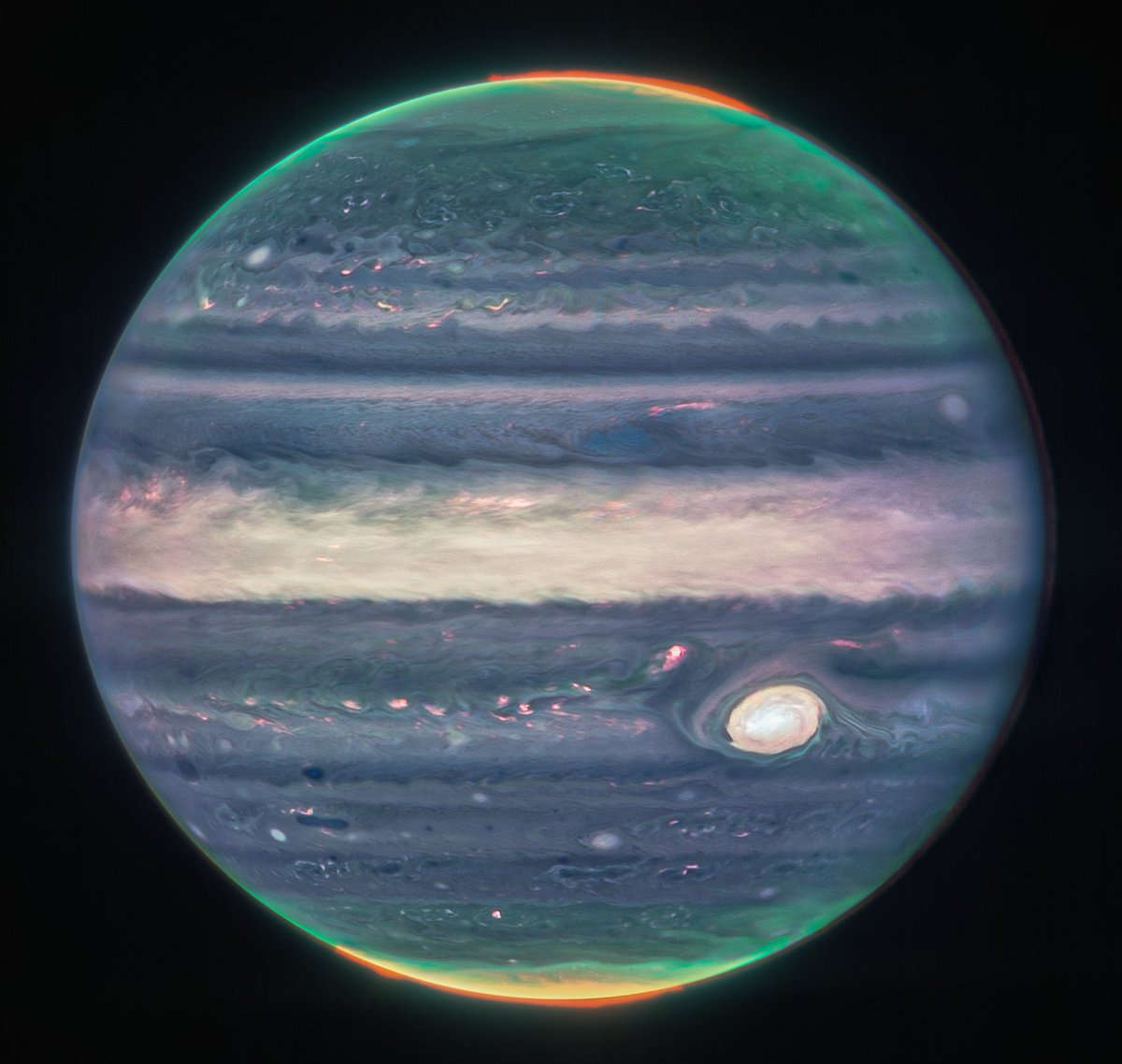
Jonathan Marcot
@jonathanmarcot
We need more scientists - it's as simple as that | Paleobiology, evolution, and phylogenetic methods | at @UCLAEEB | #FossilFriday
ID: 222134128
02-12-2010 15:15:09
3,3K Tweet
850 Takipçi
1,1K Takip Edilen


Awesome collaboration with @AlexaLamprecht and Graham Slater! Highlights include evidence for a constraint in symmetrical gait patterns, rapid evolutionary rate shifts in mammalian locomotion, and plenty of avenues for future research. royalsocietypublishing.org/doi/pdf/10.109…


The phylogenetic relationships of geoemydid turtles from the Eocene Messel Pit Quarry: a first assessment using methods for continuous and discrete characters peerj.com/articles/11805/ via PeerJ - the Journal of Life & Environment






Join us in 24 hours for the second talk in our series on the fossilized birth-death process: Rachel Warnock speaking on "The fossilized birth-death process in paleobiology: Comparison to quantitative palaeontological approaches" youtube.com/watch?v=UiMsFX…














